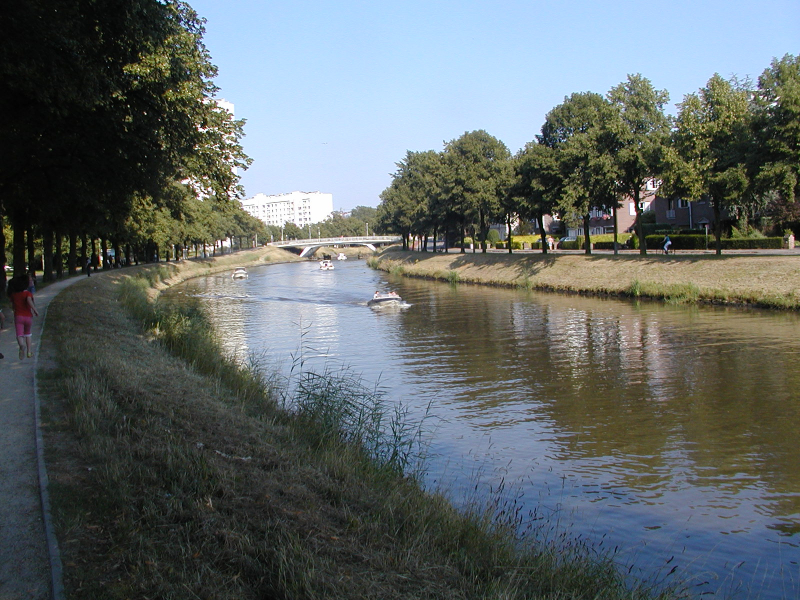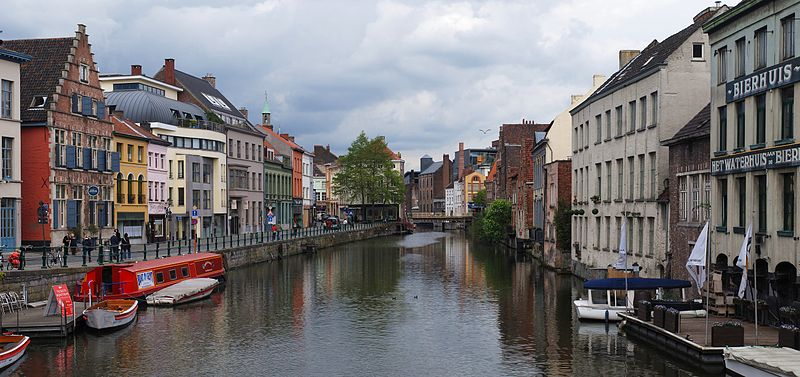Lys

The fifth one in Top 10 Longest Rivers in Belgium that Toplist wants to introduce to you is Lys. The Lys or Leie is a river in France and Belgium that is a tributary of the Scheldt on its left bank. Its headwaters are in Pas-de-Calais, France, and it flows into the Scheldt River in Ghent, Belgium. It is 202 kilometers long in total (126 mi).
Historically a heavily polluted river due to high population density and industrialisation in both Northern France and Belgium, it has seen significant improvements in recent years, thanks in part to the decline of the main industry, flax spinning and weaving. The Leie region (between Deinze and Ghent) was a favorite haunt of many painters in the first half of the twentieth century.
The Lys's source is in the French department of Pas-de-Calais, in the village of Lisbourg, east of Fruges. It flows northeast through the departments of France, provinces of Belgium, and towns and municipalities listed below:
- Pas-de-Calais (F): Thérouanne, Aire-sur-la-Lys
- Nord (F): Merville, Armentières, Halluin
- Hainaut (B): Comines-Warneton
- West Flanders (B): Menen, Wevelgem, Kortrijk, Waregem, Wervik
- East Flanders (B): Zulte, Deinze, Ghent
From source to mouth, the main tributaries of the Leie are: Laquette, Clarence, Lawe, Deûle, Gaverbeek, Heulebeek and Mandel.
Three battles took place on the river between the Allies and the German Army. During World War I, the location was the site of the First Battle of the Lys, which was part of the German Spring Offensive, and the Second Battle of the Lys, which was part of the Allies' Hundred Days Offensive later that year. During WWII, the Battle of the Lys was part of the German offensive in Flanders towards the English Channel in 1940.
Length: 202 km (126 mi- shared with France)











